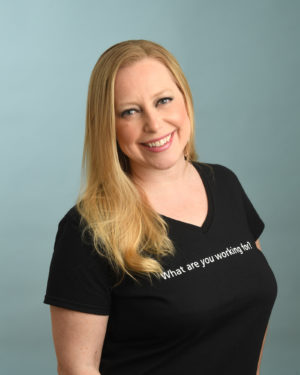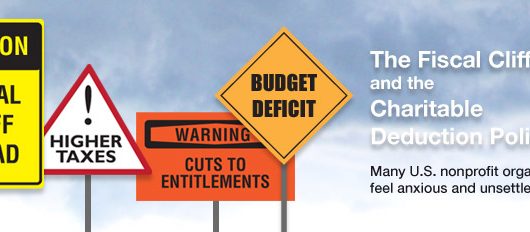 This guest post is authored by Shannon McLay, a financial planner who left a “traditional” financial services firm to start her own company, The Financial Gym , because she felt traditional financial services firms did not have the tools or resources to help the everyday Jack and Jill who are trying to build assets while also managing debt.
This guest post is authored by Shannon McLay, a financial planner who left a “traditional” financial services firm to start her own company, The Financial Gym , because she felt traditional financial services firms did not have the tools or resources to help the everyday Jack and Jill who are trying to build assets while also managing debt.
April is Financial Literacy Month, and as the founder of a company focused on financial health, it’s a very important month for my team and me; however, just seven years ago, financial literacy was never even a concept that crossed my mind. To me, I was financially healthy if I made a bunch of money and could pay off my credit cards. I realize now that it’s so much more and if you’re like I was, it’s never too late to commit to your financial health and here are some tips to set you on the right path.
Tip 1: Assess Your Financial Situation
Schedule time to check in on all of your financial digits and keep track of it some place, in a website like Mint.com or as simple as putting it in a spreadsheet. You should know how much you have in your bank accounts, investment accounts and/or retirement accounts. You should know how many credit cards you have and the balances, if any that are on them and the interest rates for each. If you have student loan debt, you want to track the amounts and interest rates for each loan. If you have a mortgage, you should know how much you have remaining, the interest rate on the loan and the years left to pay it off. Finally, take the time to look up your credit score, which you can find on websites like Credit Karma or Credit Sesame or through one of your current credit card apps.
This step can seem like a stressful one, especially if you’re scared of what the numbers will reveal, but it’s actually healthier to know what your financial picture looks like because then you will know how to fix it or make it even better.
Tip 2: Optimize Your Finances
After you have taken the time to assess your financial situation, look for ways to optimize it. If you have a bunch of credit card debt, then look into lowering your interest payments through personal loans or 0% balance transfer cards. If you have too much cash sitting in your bank account, think about ways you can make your money work hard for you through high yield savings accounts or investing. You don’t need a lot of money to start investing, apps like Acorns and Stash Invest will allow you to start investing with just a few dollars. If you are investing, especially in your retirement accounts make sure you’re fully invested and that you’re investment accounts are invested according to your goals.
Tip 3: Set Goals
One of the greatest activities we do with our clients is to help them assess what their goals are. Goals are like destinations on a road trip. If you don’t have any destinations selected, you’re just going to drive around aimlessly and waste time, money and fuel. Take the time to really think about what you want to accomplish and write this down. Your goals could include traveling more, paying off debt, saving for a dog or maybe saving to freeze your eggs. Make sure that your goals represent what’s important to you and not what other people say you should do. The more connected you are to your goals, the more likely you are to achieve them.
Tip 4: Find an Accountability Buddy
Just like it’s more fun to workout with a friend, it’s more fun to get financially healthy with a friend as well. A great financial accountability buddy is one that’s going to keep you on track and remind you of your goals whenever you’re faced with tough spending decisions. You and your buddy should share all of your financial information and schedule regular check-ins to hold each other accountable. If you’re not sure where to find one, reach out to us at The Financial Gym. We have hundreds of clients who are getting financially healthy everyday and would love to be your buddy.


